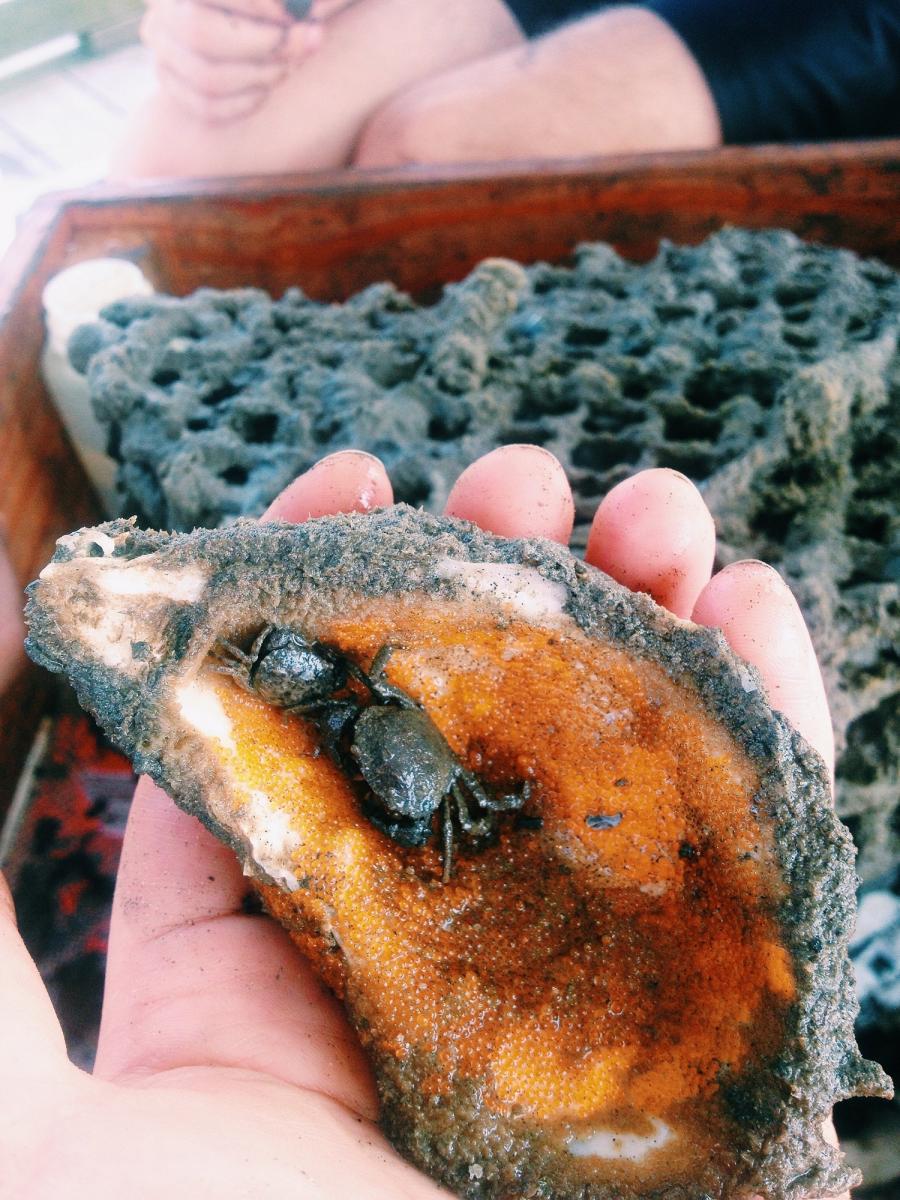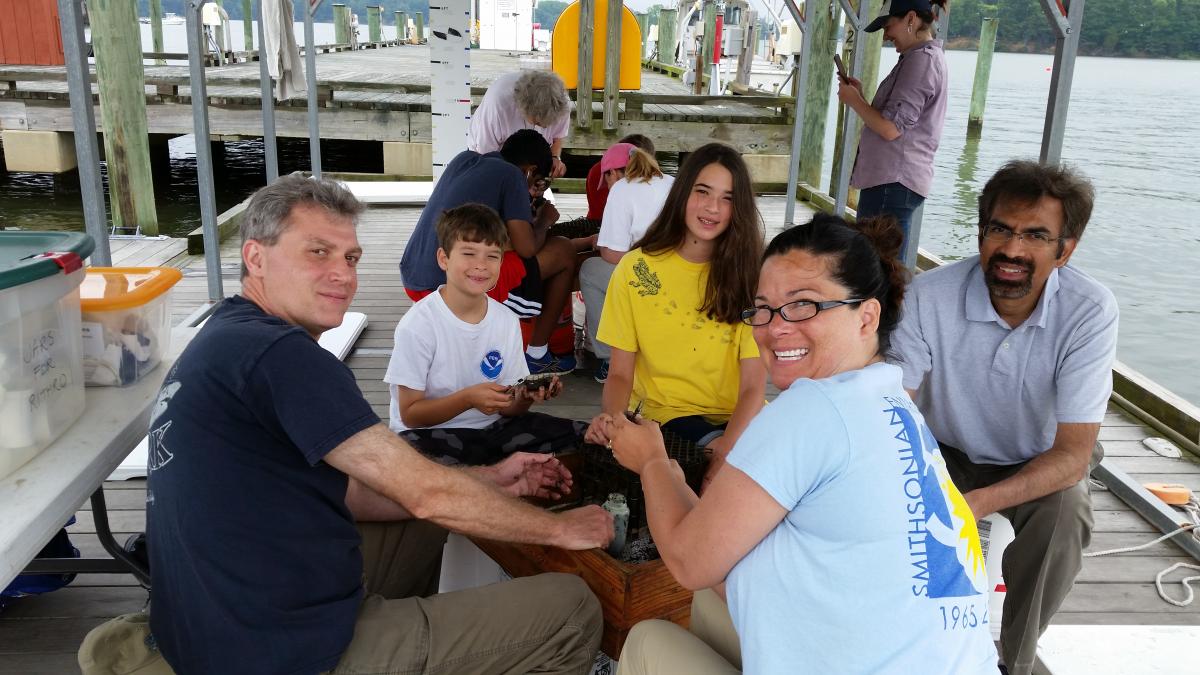The "What" and the "Why"
What are we trying to learn?

We want to know where Loxo are spreading throughout the Chesapeake Bay. If we can see patterns in where Loxo is, then we can try to understand why they like a particular area. This can also help us understand why the patterns vary from year to year. If we find Loxo at a site, it is less likely that there will be smaller, baby crabs there because Loxo prevents crabs from reproducing.
When we collect crabs, we also collect information about temperature and salinity to help scientists understand Loxo’s survival and growth. Do particularly warm winters encourage spread? On the other hand, do particularly cold winters kill off Loxo? We want to know if temperature, and fresh water (or salt water) have an effect on Loxo’s prevalence. Prevalence is the proportion of a population that exhibits a certain trait, which, in this case is the number of crabs infected by Loxo.
In our search for Loxo we also assess mud crab populations and gather data that can be used to to find out if fluctuations in mud crab populations are driven by Loxo or by other factors? To learn more about how we do this, visit our methods (hyperlink) page.
Why do we care about Loxo? Why do we care about mud crabs?

Mud crabs are too small to eat or sell—so why do we care about them? Well, they’re still a part of the Chesapeake Bay ecosystem! Removing their population entirely would be bad for animals that feed on the mud crabs such as birds, fish, and larger crabs. But mud crabs are also important predators themselves and are key to the health of their habitat, which include oyster reefs and marshes. Losing them would upset the delicate balance of the ecosystem.
But, there is also another reason: A similar barnacle, Loxothylacus texanus, is infecting blue crabs in the Gulf of Mexico. If it spreads, L. texanus could cause the collapse of the entire multi-million-dollar blue crab fishing industry in Chesapeake Bay. SERC scientists hope that by understanding the effect of Loxo (Loxothylacus panopaei), they can better prepare in case its cousin ventures north.
